
Restoration of objects of cultural heritage is a rather complicated process, requiring high qualification of craftsmen performing work. In contact with the story, and recreating its lost fragments, it is important to do as it was in the original. Do not spoil anything and do not make their own adjustments in the past era. Together with all the complexity - restoration, among other things, is a very interesting process, combining many areas. Today we will talk about gilding works, in particular about gilding.

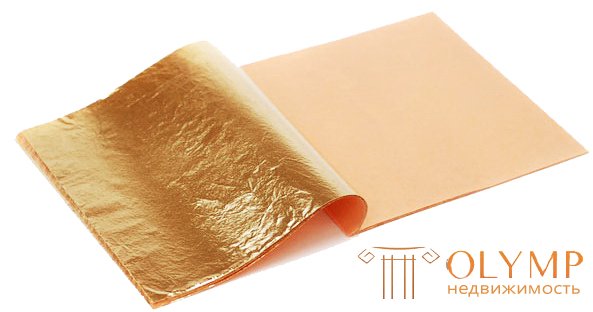 What is gold leaf and the advantages of its use.
What is gold leaf and the advantages of its use. Gold leaf is the thinnest sheet of gold of the highest standard, applied to the surface of the restored or decorated products. This type of gilding is very popular in the restoration and restoration of interiors and exteriors. The classical and noble technique of gilding with tinsel was invented a long time ago. To be precise - 1700 years ago. In our time, this technology has been slightly modified, but has not lost its popularity and is widely used in interior decoration and restoration of antique items. This method of restoration and decoration is quite expensive, because real gold is used for gilding.
What is gold leaf made of?
Thin sheets of tinsel are made from gold of the highest standard. Depending on the application and to give the necessary properties and shade in the gold leaf can be added various metals: silver, aluminum, copper and others. The shade of gold leaf is selected depending on the idea of the restorers and the customer's wishes. For example, to give a red tint used alloy with copper. To get a greenish tint - used alloy with silver.
The main advantages of the use of tin gilding:
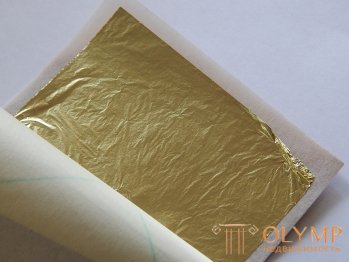 Depending on the cost and the quality achieved, 2 main types of gold gilding are used:
Depending on the cost and the quality achieved, 2 main types of gold gilding are used:
Gold leaf - gold of the 96th test is made by forging and keeps within books on 10 and on 60 sheets. The sheets are very thin and measured in microns, therefore gold leaf is distinguished by the weight of the book. Requires careful and proper surface treatment and extensive experience gilding restorer.
2. Cheap and angry: 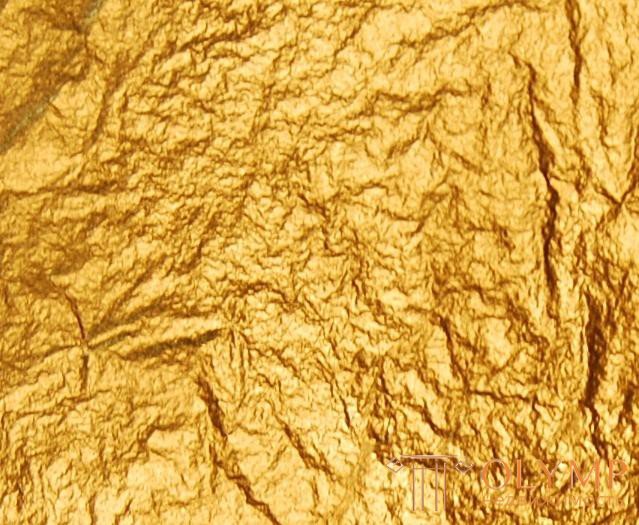
Potal (hype) - metal foil or gold foil substitute. It is made of inexpensive metals, so it is cheap. One sheet of hype is several times thicker than the original gold leaf. This simplifies the work of the gilder and does not require its high qualification. Books 25-30 sheets.
Depending on the material of the treated surface and its location (interior / exterior), there are three main methods of gilding:
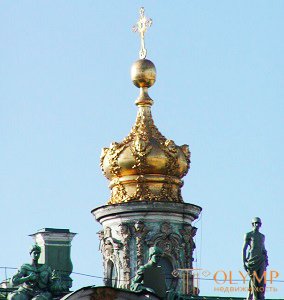 Oil gilding. Used for the restoration and restoration of objects subject to atmospheric influence. These are church domes, grids, fences, roofing, Material requirements: metal, plaster, papier-mâché, wood, glass, porcelain.
Oil gilding. Used for the restoration and restoration of objects subject to atmospheric influence. These are church domes, grids, fences, roofing, Material requirements: metal, plaster, papier-mâché, wood, glass, porcelain.
Oil gilding technology:
First of all, clean the drawing and prepare the surface, filling the defects in the form of depressions, crevices, cracks and scratches. After thoroughly drying, smooth out the putty. Further, depending on the granularity and porosity of the surface, apply several layers of soil, at least three layers. It is possible to tint the soil with different colors to give the desired shade of gilding. When the soil is dry, it is treated with sandpaper and cleaned drawing. The next stage is 6 to 10 layers of varnish, with sanding after every 2 or 3 layers. This is followed by polishing the surface to a shine and an oil lacquer coating. The last stage is the coating with gold leaf or the top of the restored surface.
Using the technology of oil gilding allows you to get different types of gilding - matte, frosted velvety, grain and glossy gilding.
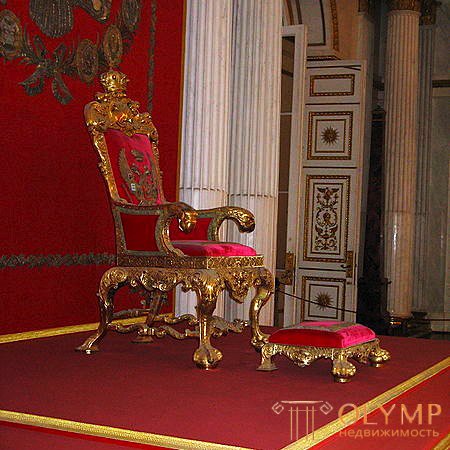 Glue gilding. It is used in the restoration of the interior and interior, mainly for gilding wooden products. Also glue gilding is used for the restoration of gypsum, papier-mâché.
Glue gilding. It is used in the restoration of the interior and interior, mainly for gilding wooden products. Also glue gilding is used for the restoration of gypsum, papier-mâché.
Glue gilding technology:
By analogy with oil gilding, first prepare the surface and clean the pattern of the ornament, patching large cavities, crevices, cracks, and scratches with a putty. Further, on the dried surface, they smooth out the putty and put glue on it. After - cover with levkas - a mixture consisting of glue and chalk. Apply about 9 layers with intermediate grinding and clearing the ornament. The last layer is treated with fine sandpaper and polished. Places of gilding moistened with vodka or alcohol, diluted to about 25 degrees, and carefully impose sheets of gold leaf. The dried up surface is gently swept over with a soft brush, removing excess material. When using glue gilding technology, gold becomes matte. However, using other adhesives, you can get and gloss.
 Polymer gilding. Used for the restoration of interior items. This method is several times more expensive than the previous ones, as it requires additional surface treatment and polishing of gold. However, the effect of gilding exceeds all others, because gold is polished. Polymer is a specially prepared composition, the main component of which is fine-grained oily clay of dark red color (bolus).
Polymer gilding. Used for the restoration of interior items. This method is several times more expensive than the previous ones, as it requires additional surface treatment and polishing of gold. However, the effect of gilding exceeds all others, because gold is polished. Polymer is a specially prepared composition, the main component of which is fine-grained oily clay of dark red color (bolus).
Polymer gilding technology :
Repeats the technology of glue gilding to the stage of applying levkas with polishing layers, followed by changes. The last layer is treated with fine sandpaper and put the prepared polymer mixed with egg white (5-b layers). After complete drying, the polymer is polished with a bristle brush or cloth. Further, as in glue gilding, the places of gold are moistened with vodka or alcohol diluted to about 25 degrees and the leaves of gold are neatly applied. After the surface has dried out a bit, the gold is polished with an agate clove or a similar stone with properties, after which the gold begins to shine.
The task of the restorers.
As we see, there are several technologies for the restoration of gilding, and their choice is determined by many factors. However, the effect achieved depends not so much on the knowledge of the master of technology, but on the experience of performing such work and qualifications. Our restorers have restored a large number of products and premises that required the restoration of gilding, including antique objects from various historical eras.
There are many obtained effects of gilding: matte, with the effect of aging, glossy, gilding in various shades. Our restorers will accurately reproduce the gilding effect used to create the item. Therefore, gilding will look the same as in the original.
The task of our restorers is not only to recreate the lost gilding, but also to make the restoration traces invisible. The task is not easy. Inaccurately applied coating impairs the appearance of the product, and it is sometimes impossible to correct incorrectly made. Therefore, trusting the restoration of the gilding of the interiors / exteriors is only important for experienced and qualified craftsmen.


Что бы оставить комментарий войдите
Комментарии (0)